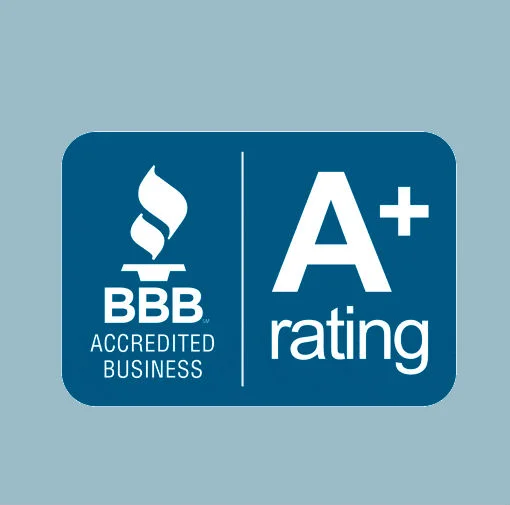Advanced Technology Is A Star Trek Branding Opportunity For Hospital Marketing

So are any of the science fiction devices similar to what we’re actually using now? And how can doctors use these techno-tools to your hospital’s marketing advantage.
Medical technology that is routine for physicians is often wondrous news to the general public. Telling your story via hospital marketing and hospital public relations is an opportunity to spotlight the benefits to current and prospective patients, present a cutting-edge branding message and enhance the reputation of hospital physicians and surgeons.
For example, down here on planet Earth, patients and visitors to many hospitals like Beth Israel Deaconess Medical Center in Boston often comment about how using iPads helps E.R. doctors provide quicker diagnoses.
The Times, They Are A Changing.
Here are some examples of how today’s hospital physicians are using Star Trek-inspired technology to change the face of healthcare delivery in hospitals and physician’s offices--and how hospital marketing and hospital public relations are taking advantage of these trends:
- According to a recent study from Knowledge Networks, 27% of primary care providers now use a tablet computer and two-thirds of physicians own a smartphone. They’re using this portable technology to update electronic medical records, log in data about patients’ vital signs at their bedside, check their email, research patients’ medications and conditions, and even to take online surveys.
- The American Medical Association created a smartphone app, CPT E/M QuickRef, and is actively challenging medical professionals to launch their own. This app, available on iTunes, allows physicians to determine the appropriate Current Procedural Terminology code to use for patient billing.
- Nurse practitioners are instantly taking a patient’s temperature with a wipe of their brow, injecting vaccines without needles, and even following through on doctor’s orders by texting medication reminders and other vital information to patients.
- iPads with two cameras and Skype or FaceTime software are being used widely in telemedicine, as physicians are making video house calls wherever patients are as a follow-up to surgery or physical therapy in an out-patient setting, to create a quick TV clip at a medical conference, or for enabling attending physicians to communicate with residents on call.
"Mobile technology has indeed proven a boon to busy physicians, helping them keep up on the latest information and manage their practices,” according to Jim Vielee, Senior Vice President at Physicians Consulting Network. (Watch for upcoming posts in this series for more iPad, tablets and mobile uses in healthcare and hospital marketing.)
Taking Hospital Marketing To The Next Level.
To take healthcare delivery—and opportunities for hospital marketing or hospital public relations—to the next level, more emergency ward physicians are using their iPads to find their next patient on the virtual emergency room patient board. Larry Nathanson, director of emergency medicine at Boston’s Beth Israel Deaconess Medical Center said, “I definitely feel lost when I don’t have this on a shift."
He was one of the first doctors at his hospital to buy an iPad on the day that it launched in 2010. “Patients often have a lot of questions, and I am able to answer them immediately with the latest data in real time," he added. “I can sit there at the beside and I can go over what’s going on.”
One of Nathanson’s colleagues agrees. Dr. Henry Feldman said that when it comes to treating surgical patients, being able to pull up diagrams and x-rays at their bedside has been a real game changer. “The number of times I've had patients say to me 'That's the first time I've understood my disease.' I mean, it happens all the time. To me, that’s validation as a doctor,” he said.
Want to Know More?
Talk with us about techno-opportunities or changes in your hospital marketing, hospital publicity or physician relations for a fresh, stronger, more effective plan to reach this target audience. Flip open your subspace communicator and connect with us here.
Related Articles:
The Digital-Digital Trend in Doctor-Patient Encounters
Three Ways To Use Technology to Improve Trust and Communication
The Future of Healthcare Marketing and Digital Dominance
Digital Marketing Is The New Wave of Healthcare Marketing
Doctor-Patient Relationship Building: 4 Technologies to Focus On









